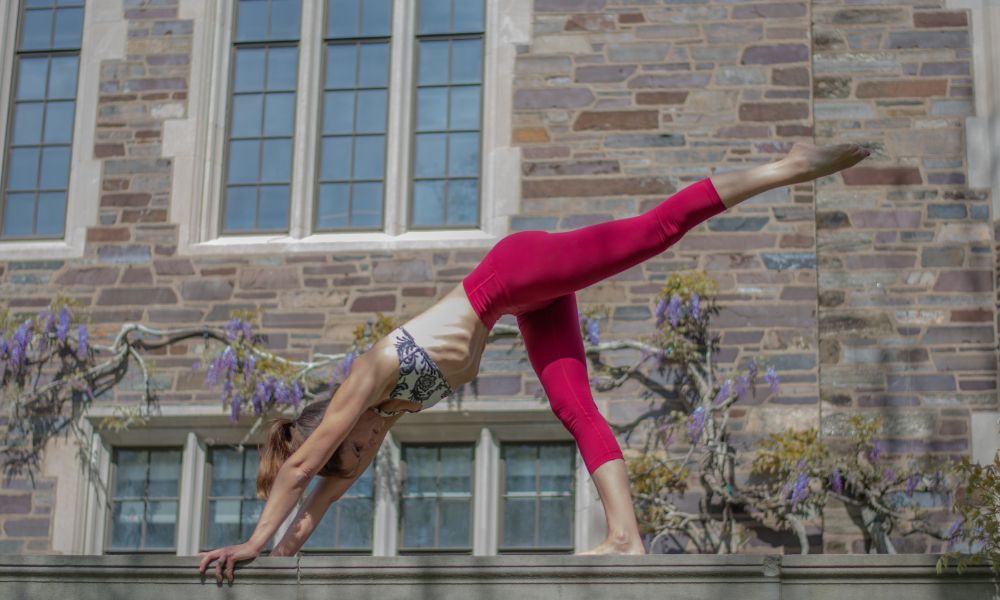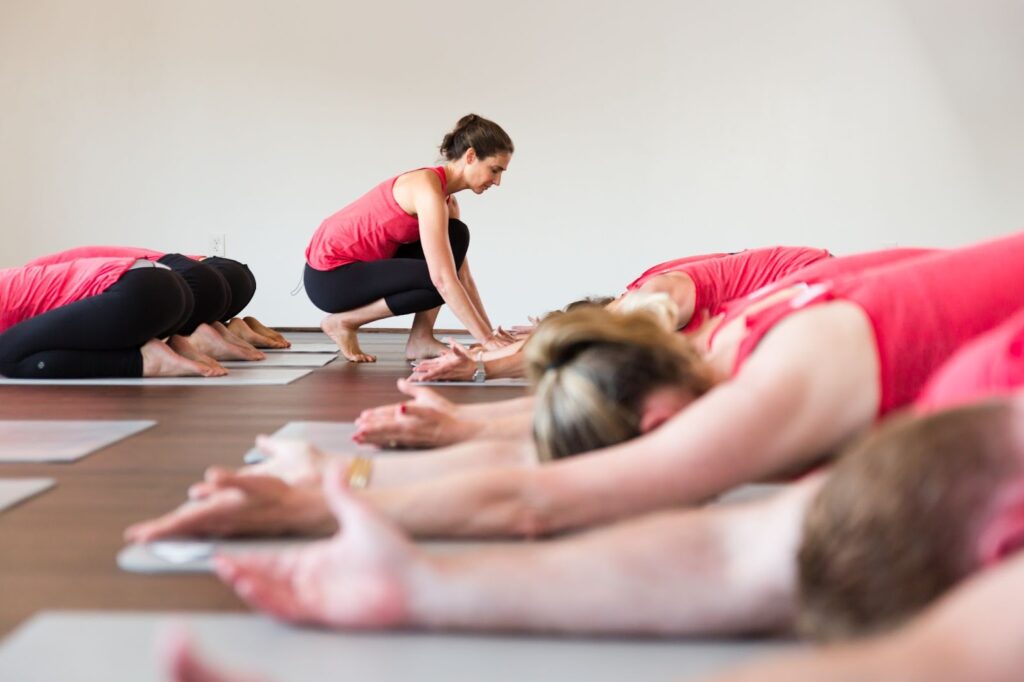In my last PT Corner, I discussed upper extremity nerve glides, so today I want to piggyback on how we can also perform nerve glides in the lower extremity. If you recall, nerves need freedom to move and glide, with just enough slack to allow the neural impulses to travel from the brain to the body and back. As I said before, it’s not uncommon to have areas of entrapment along these nerves, which can cause a whole host of issues including sensory changes, weakness, and pain. Normally, the nerves in our body glide and move as the rest of our body moves. This nerve movement is referred to as neurodynamics. When it is free and unlimited, the nerves slide and slide in a protective sheath, without being pulled taught. However, nerves can become caught up or compressed anywhere along these lines, including those that extend into the lower extremities.
Neural impingement in the lower extremities is typically secondary to tension on the sciatic nerve or one of its branches. The sciatic nerve comes from the L4-S2 nerve roots, which exit the spine to join at the pelvis and form the nerve. It’s the largest nerve in the body, measuring about the size of your pinkie finger as compared to most other nerves which are the size of spaghetti or linguine. The sciatic nerve exits the pelvis under and through the gluteal muscles, entering the posterior thigh. It courses down the leg, just underneath the lateral hamstring (biceps femoris) where it officially ends right above the posterior knee, bifurcating to become the tibial and common fibular (peroneal) nerves.
The tibial nerve first gives rise to the sural nerve, which innervates the posterolateral lower leg, and then courses down behind the knee into the lower leg, running just behind the tibia. At the foot, it curves behind the medial ankle (malleolus) and terminates in the foot. The common fibular (peroneal) nerve runs more laterally alongside the distal lateral hamstring, over the lateral head of the calf (gastrocnemius) muscle, wrapping around the neck of the fibula and terminating in the lateral leg.
Mobilization of the sciatic nerve and its lower branches can alleviate pain, increase the range of motion, and heighten the adaptability of the nervous system, allowing people to move with less resistance. There are some simple nerve gliding techniques that can be done to restore normal or improved neurodynamics to the lower extremities, specifically targeting the sciatic nerve and its branches:
- Sciatic nerve glide – lying supine, bend one knee into your chest and grab behind the thigh with both hands. Slowly straighten the knee to where you first start to feel symptoms or tension, and then rebend the knee. Repeat 20-25 times without going into pain. You can also extend the knee to the point of minimal tension and then point/flex the ankle, gliding the nerves from below.
- Tibial nerve glide – lying supine, bend one knee into your chest and grab behind the thigh with both hands. Slowly straighten the knee to that point of tension and then dorsiflex and evert the foot (pull the toes back and turn the toes out). Repeat the motion at the ankle 20-25 times, without going into pain.
- Common fibular (peroneal) nerve glide – lying supine, bend one knee into your chest and grab behind the thigh with both hands. Bring the leg slightly across the midline, adducting at the hip. Slowly straighten the knee to that point of tension and then plantarflex and invert the ankle (point the foot and turn the toes in). Repeat the motion at the ankle 20-25 times, without going into pain.
Many of these can be done in a seated position as well, which can serve to further glide the lower extremity nerves by slouching at the spine and/or involving the head and neck from above. Remembering that our neural network extends all the way from the brain and surrounding dural tissue allows us to effectively mobilize our peripheral nerves in multiple planes and various positions. Beginning in the supine position as stated above is the gentlest way to start, as the spine is supported throughout.
You can find a demonstration of these glides on our YouTube channel by clicking the link below! As always, seek the help of a physical therapist or other healthcare professional if symptoms progress or do not improve. Let’s keep those nerves moving and grooving so I can keep seeing you on the mat!
Xoxo,
Kristin






